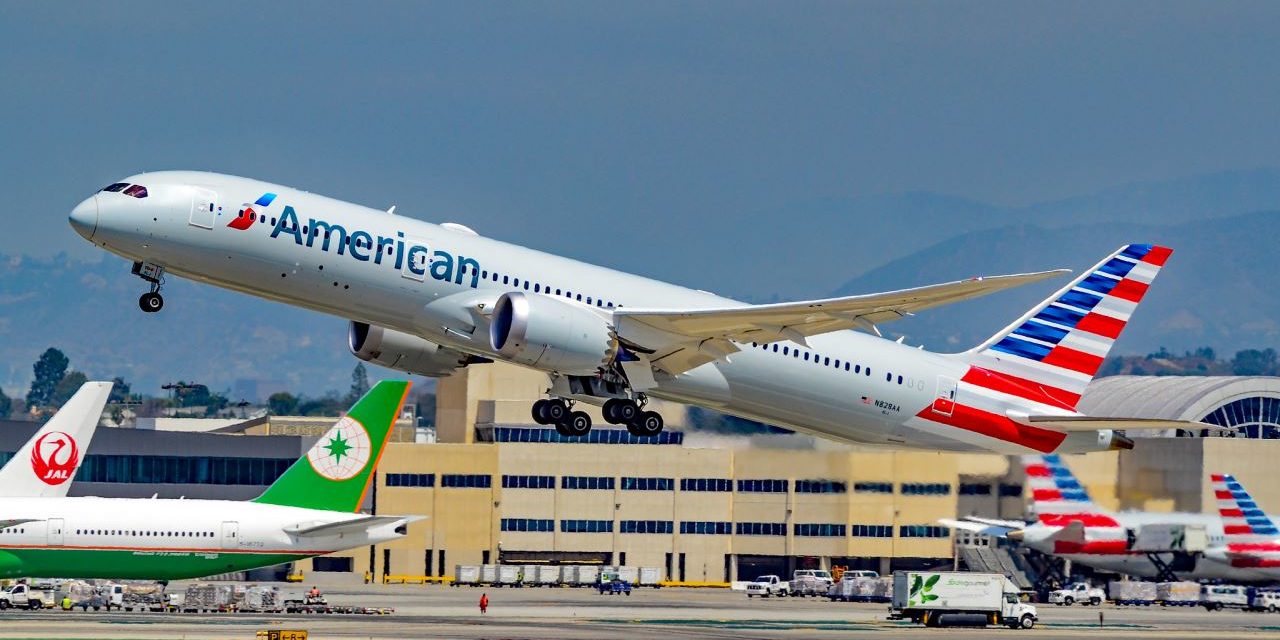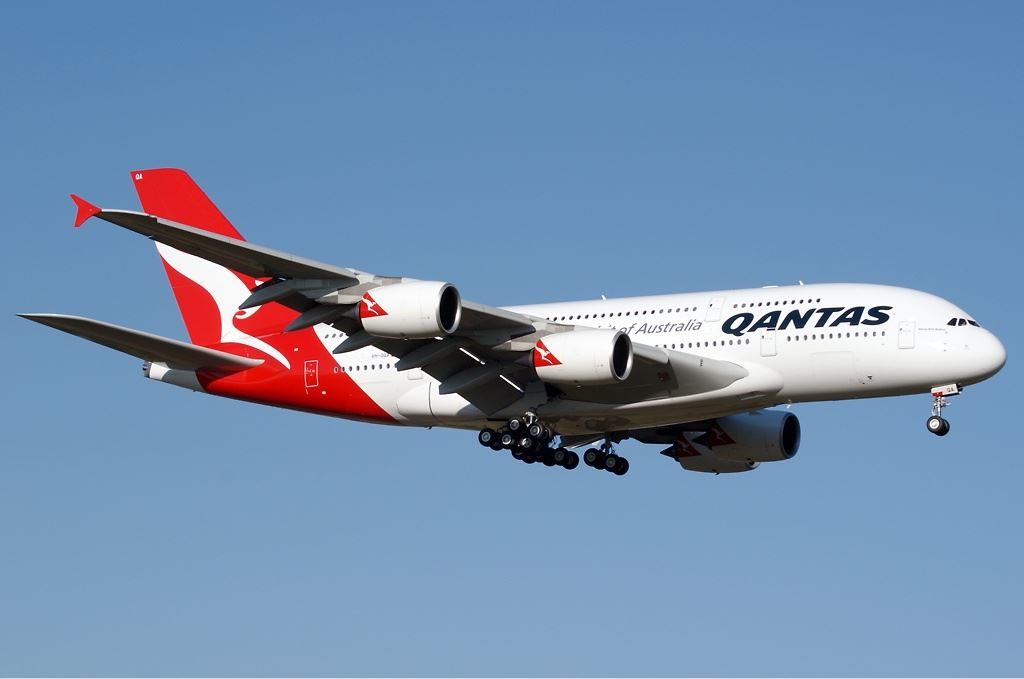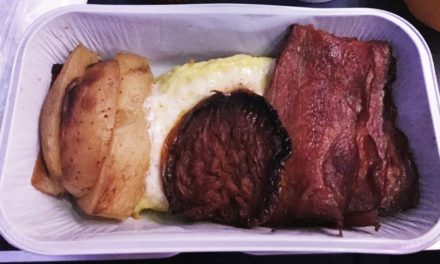American Airlines is commencing a seasonal service between Dallas/Fort Worth and Dublin in summer 2019. It is the first time these two cities will be connected by a direct flight.
As Dallas is a huge hub for American, the service should hopefully do very well. It provides another interesting opportunity which is worth mentioning as well.
Dallas to Dublin Schedule
Operated by the new Boeing 787-9 Dreamliner, services will start on 6 June 2019 and run through to 28 September 2019. Flights will depart Dallas at 20:35, arriving in Dublin at 11:40 the next day. Return flights leave at 13:40, landing back in the USA at 17:45.
The new services will replace the current Boeing 757 service between New York JFK and Dublin operated by American. These flights cease on 27 September 2018. Both Aer Lingus and Delta already operate the route, so there is still plenty of competition.
How About Heading To Sydney, Australia?
The Australian airline, Qantas, operate a direct Airbus A380 service between Dallas/Fort Worth and Sydney. QF8 departs Dallas at 21:50 which is just four hours after the Dublin flight lands.
For the return, QF7 gets into Dallas at 13:00, meaning a long seven hour layover before the flight to Dublin. If it were me, I would probably take the opportunity to check out Texas for a day or two to break up the journey.
Overall Thoughts
Since Dallas is such a major hub for American Airlines, it makes sense that flights to Dublin will go from there. It is a much stronger airport for the airline than New York and as the only carrier on the route it should be a success.
Connections from other cities should help to fill the aircraft well. Will you be using the new flight? Perhaps you’ll use it to connect to Australia? Thank you for reading and if you have any comments or questions, please leave them below.
To never miss a post, follow me on Facebook, Twitter and Instagram.
All my flight and lounge reviews are indexed here so check them out!
Featured image by Tomás Del Coro via Wikimedia Commons.
Qantas by Phil Vabre via Wikimedia Commons.






Is the JFK route cancelled permanently or is it the usual winter stoppage?
Flight Global list the seasonal service as cancelled. So it’s not the usual winter stoppage, it’s gone and replaced by Dallas as far as I can tell.
On the infographic that AA produced, it notes ‘seasonal’ for JFK. Guess we’ll need to wait and see once they load these changes. Be great to see them run JFK ORD CLT PHL amd DFW next summer.
That would be very cool if they all operated, I agree!! We’ll just have to wait and see, I guess!